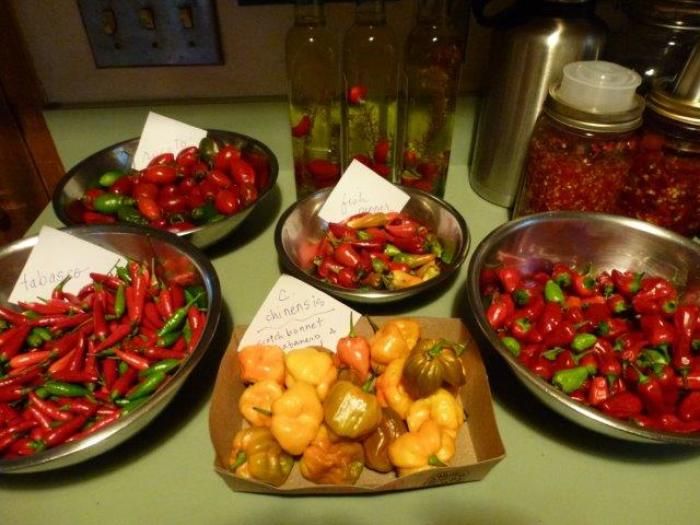
Just before it frosted in my Maryland zone 7 garden, we harvested all of the chiles that were mature–and some that were still green. Many chiles were snipped from the plants into buckets, however, some plants covered with small chiles were just pulled up by the roots and hung to dry. Been processing them by various methods and have saved some out in the refrigerator to bring to the IHA Conference in Florida next week for “Spice it Up!” https://www.iherb.org/2015conference/.
This is the time of year to celebrate chiles–consume them in great quantities–and put them up for the cold weather ahead. Once the chiles are harvested, there are many ways to preserve them. First, I save out a large quantity and refrigerate them so that I have them to eat fresh daily. Next, the ripest red, mature chiles are divided up for making red pepper jelly, for vinegars and shrubs and for fermenting to make hot sauce and then a large number are dried.
Dried red chiles will eventually be rehydrated in a pot of beans or tortilla soup, or they will be ground and made into red chile powder which will be used in making red chile sauce, in beans and all sorts of southwestern dishes from soups to desserts, and combined with other herbs and spices to make chili powder. I dry the red chiles in the oven on the very lowest temperature possible, or with just the oven light turned on–which takes from 2 to 4 days depending on the chiles. (I only wish that I could capture and store the heavenly aroma of slow-drying red chiles in the oven–it causes me to salivate for days on end!) Once completely dried they are stored in labeled glass jars in the pantry. Smaller chiles are strung on wire and hung near the woodstove to dry.
Of course, hot green chiles like serranos and jalapenos, as well as hot banana peppers, will be sliced and pickled and processed. Both red and green chile peppers will be made into salsa–some fermented–and more canned since there is only so much room in the refrigerator for fermented foods. New Mexico cultivars, Anaheims, and poblanos are roasted on the grill and consumed or frozen.
Next week, I will be traveling to Florida for the annual International Herb Association Conference. (www.iherb.org) This year’s conference is all about peppers–both hot and sweet. We’re getting ready for next year since Capsicum is Herb of the Year for 2016. There are two days of seminars, classes and demos presented by herbalists from across the nation highlighting these time-honored pods. I will be doing a demo on “Chiles and Chocolate” featuring both savory and sweet recipes that will be sure to titillate your tastebuds!
Hot! Hot! Hot! Press Release for my latest publication:
Explore the wonderful world of chiles each month of 2016 with The Chile Pepper Calendar. Fire up any wall in the house with brilliant photographs; quench burning curiosity with information for choosing pepper varieties from mild to wild, get tips for sowing & growing your own; when to harvest & how to preserve your chile peppers; and find out the health benefits & medicinal virtues of these esteemed pods. Each month features a chile-infused recipe from roasting chiles and easy homemade salsa to cabbage slaw and hot pepper shrub. Aficionados rejoice and celebrate Capsicum, Herb of the Year 2016™!
The calendars will be for sale at the conference and they are also available on my website www.susanbelsinger.com and www.etsy.com. They make wonderful holiday gifts–be sure to get some for your favorite gardeners; supplies are limited. Eco-friendly, printed in the U.S.A.; no shrink wrap to go in the landfill.
I grew about 25 or so different cultivars of chile peppers this summer–some old favorites–and a few newbies. Two new favorites that I will grow again are the black-seeded rocoto, which has thick red flesh which is sweet and hot (seeds were a gift from a friend of mine, Carolyn Dille and I have saved the seeds) and the mustard habanero, which is a very large Capsicum chinensis that is quite hot, yet has a lovely fruity fragrance and flavor. I encourage you chileheads to seek them out!
Fine Gardening Recommended Products
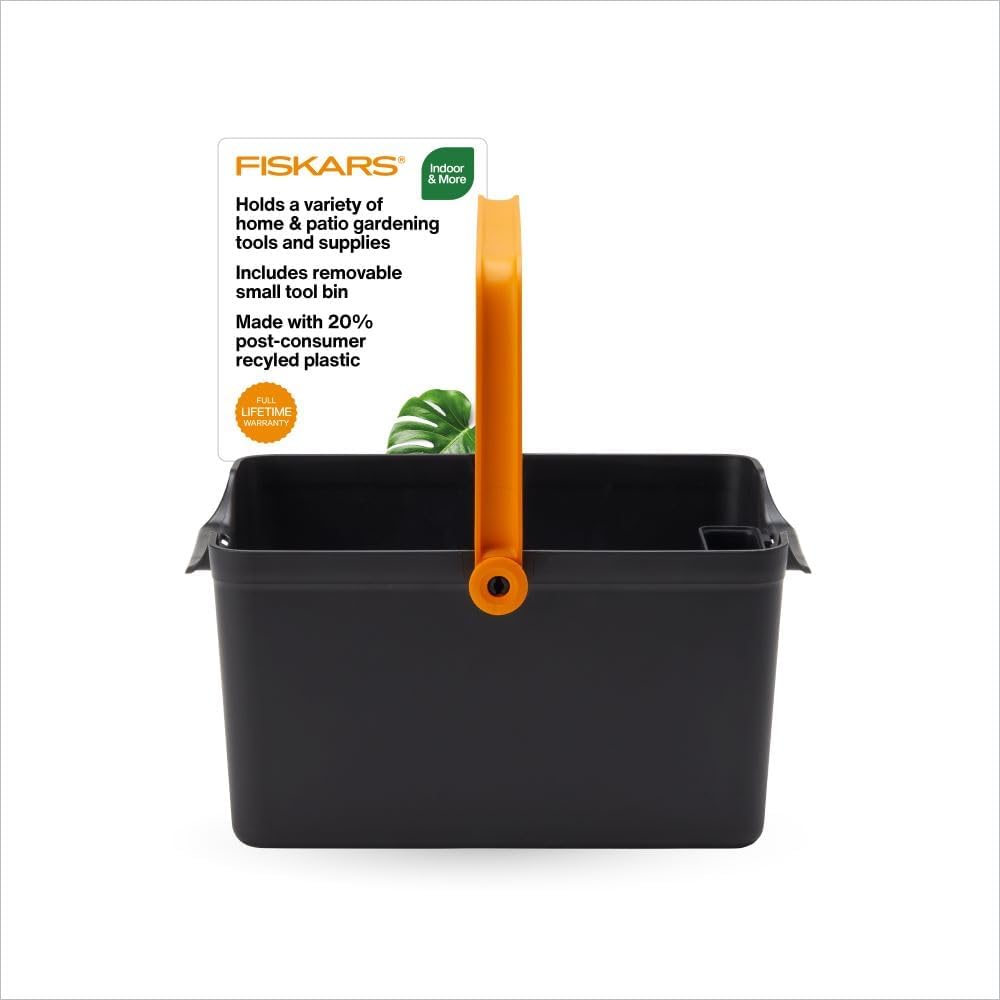
Fiskars Garden Tool Caddy with Removable Small Tool Storage for Indoor and Outdoor Gardening Use, Made with Recycled Plastic
Fine Gardening receives a commission for items purchased through links on this site, including Amazon Associates and other affiliate advertising programs.

A.M. Leonard Deluxe Soil Knife & Leather Sheath Combo
Fine Gardening receives a commission for items purchased through links on this site, including Amazon Associates and other affiliate advertising programs.

Berry & Bird Rabbiting Spade, Trenching Shovel
Fine Gardening receives a commission for items purchased through links on this site, including Amazon Associates and other affiliate advertising programs.


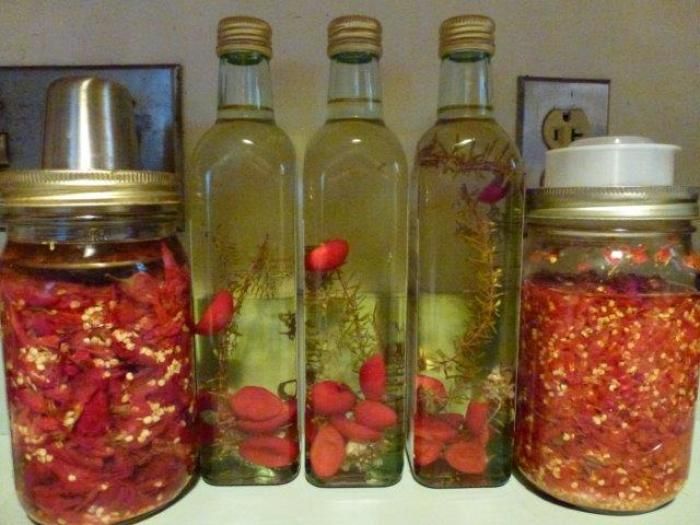
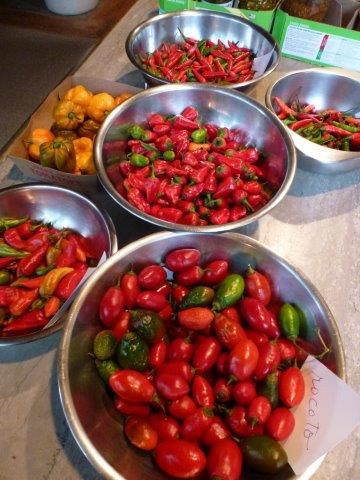
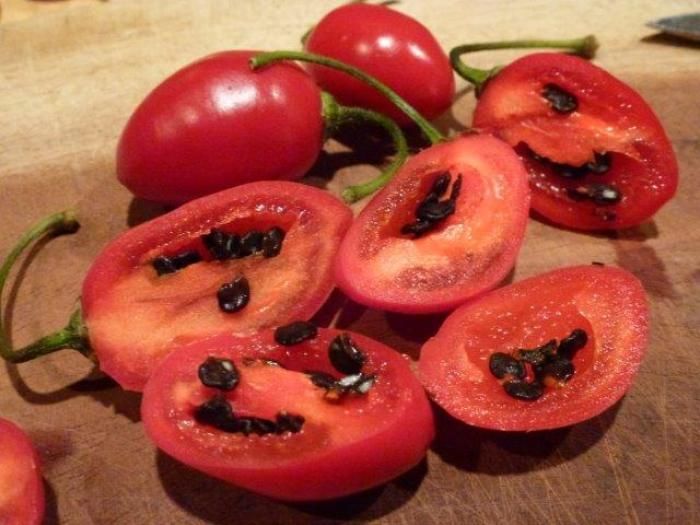
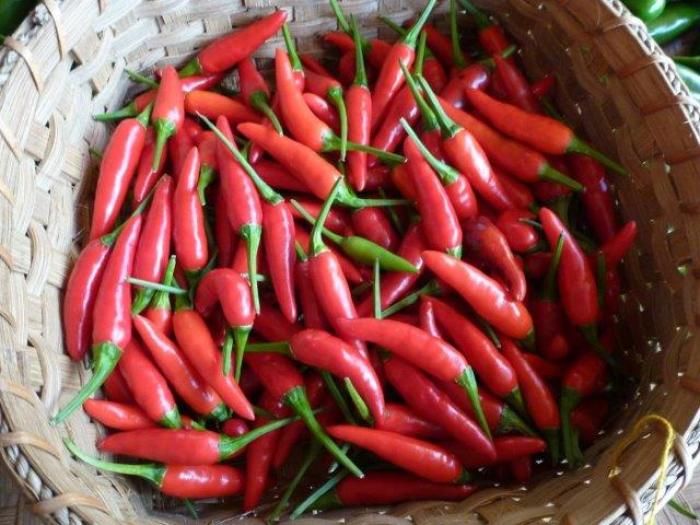
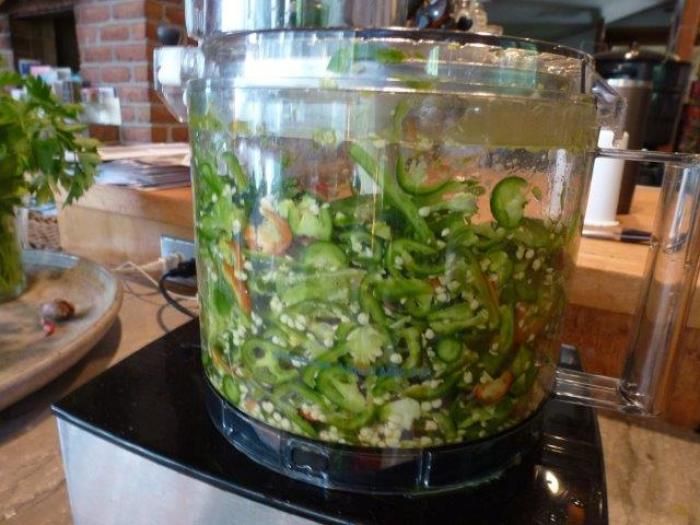
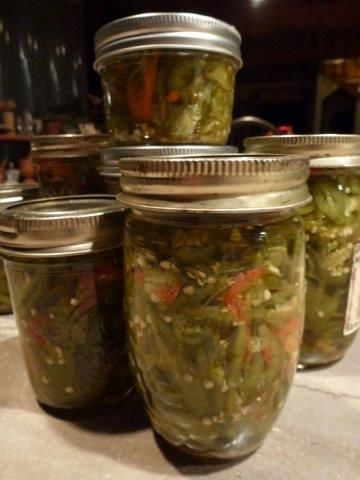

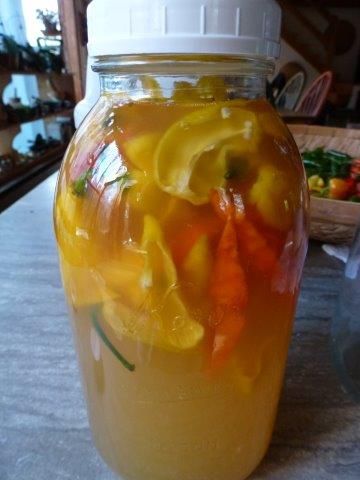
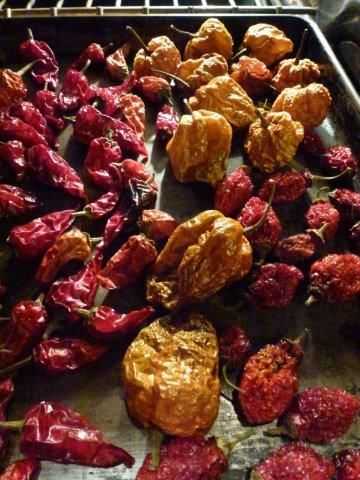
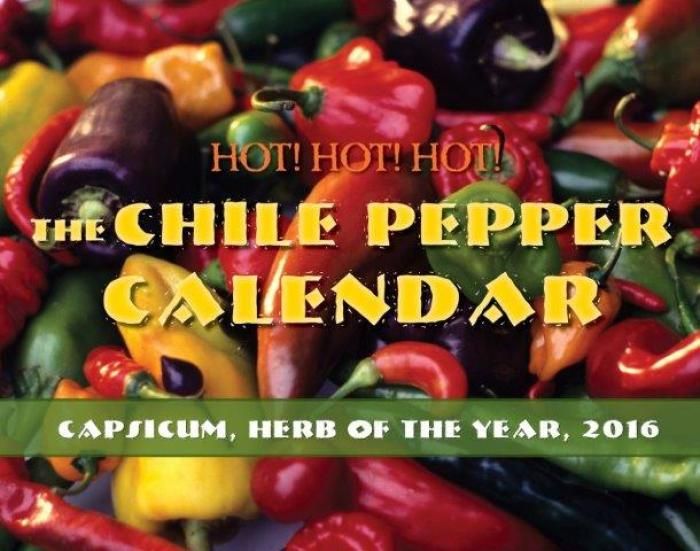


















Comments
One of the best fortnite account articles here thanks.
Log in or create an account to post a comment.
Sign up Log in